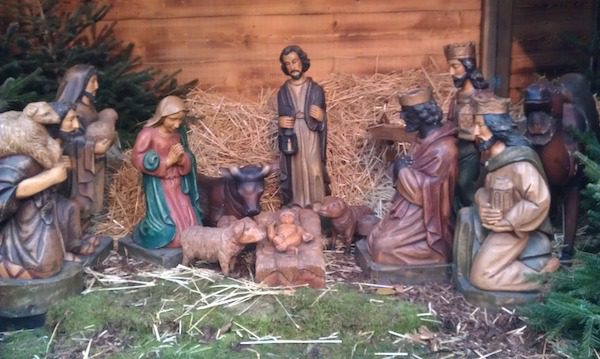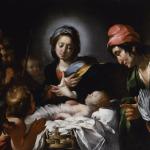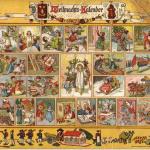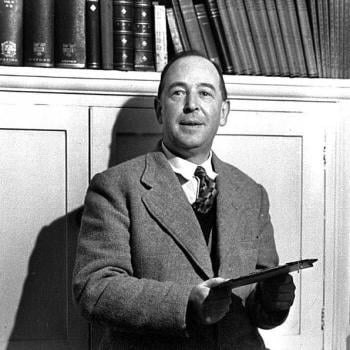Today, Boxing Day is mainly observed by shopping at “Boxing Day Sales” and by watching the Cricket. But some people, I am told, use the day to box up their Christmas decorations (as opposed to the more traditional practice of leaving them up for the Twelve Days of the season, ending on Epiphany, January 6).
So I have finally segued into my topic: Nativity Scenes. It turns out 2023 is the 800th Anniversary of the Nativity Scene. And thereon hangs a tale. . . .
In 1223, St. Francis of Assisi saw a cave in the region of the Italian village of Greccio that made him think of the stable in Bethlehem. He put a manger in it, added hay, and borrowed an ox and a donkey. He then invited other friars and the villagers to the site, where they sang and worshiped. This had a strong effect. Let’s let St. Bonaventure tell about it from his Life of St. Francis (X.6):
Now three years before his death it befell that he was minded, at the town of Greccio, to celebrate the memory of the Birth of the Child Jesus, with all the added solemnity that he might, for the kindling of devotion. That this might not seem an innovation, he sought and obtained license from the Supreme Pontiff, and then made ready a manger, and bade hay, together with an ox and an ass, be brought unto the spot. The Brethren were called together, the folk assembled, the wood echoed with their voices, and that august night was made radiant and solemn with many bright lights, and with tuneful and sonorous praises. The man of God, filled with tender love, stood before the manger, bathed m tears, and overflowing with joy. Solemn Masses were celebrated over the manger, Francis, the Levite of Christ, chanting the Holy Gospel. Then he preached unto the folk standing round of the Birth of the King in poverty, calling Him, when he wished to name Him, the Child of Bethlehem, by reason of his tender love for Him.
It’s interesting that St. Francis was worried about committing an “innovation,” so he first asked permission from the Pope. Would that far less genuinely creative clerics who are trying to come up with innovations in worship had his caution! It is also interesting that the festivities were accompanied “with many bright lights.” Maybe 2023 is also the 800th anniversary of Christmas lights.
And thus the Nativity Scene was born. Sort of. Not exactly. It was born again, we might say, and the second time with a Lutheran connection.
The manger in the cave with animals was not a set of figurines with Mary, Joseph, the Baby, Angels, Shepherds, and the Wise Men. Nor was it a “Living Nativity Scene,” since it had no human actors.
Today’s artistic rendition derives from the Jesuits, with the first recorded example being from Prague in 1562. The Jesuits, whose signature approach to meditation involved vividly imagining scenes from Scripture, were the vanguard of the Counter Reformation, charged with rebuilding Catholic piety in response to the challenges of the Reformation. (Catholics never give Luther enough credit. If it weren’t for the Reformation, there would never have been a Counter Reformation, which is the source of many Catholic customs much prized today.)
An article on the history of the Nativity Scene quotes a scholar who believes that the depictions of not just the Virgin and Child, as in most medieval iconography, but the entire Holy Family, was a response to–and an underhanded acknowledgment of–Luther’s focus on marriage and the family vocations:
Fr. Tom Worcester, a Jesuit and history professor at Fordham University, points out that this was the period of the Protestant Reformation, saying, “I think what helped to bring it about was that the Protestants rejected celibacy and their clergy married. There was emphasis on the goodness of marriage. Part of the Catholic response was to say, ‘We too are in favor of the family. The Holy Family is our model, Mary, Jesus and Joseph.’ Well, it had not been before. In the Middle Ages the images were Madonna and Child, with Joseph rarely shown.”
This is context for Lucas Cranach’s many paintings of the Holy Family, not just the nativity of Jesus but other scenes from the family’s life, depicted with both reverence and earthy realism.
NOTE: More problems with the commenting software! We’re working on it!
UPDATE: It’s working now. Thanks to the Patheos folks who gave of their day off to help us with this.













